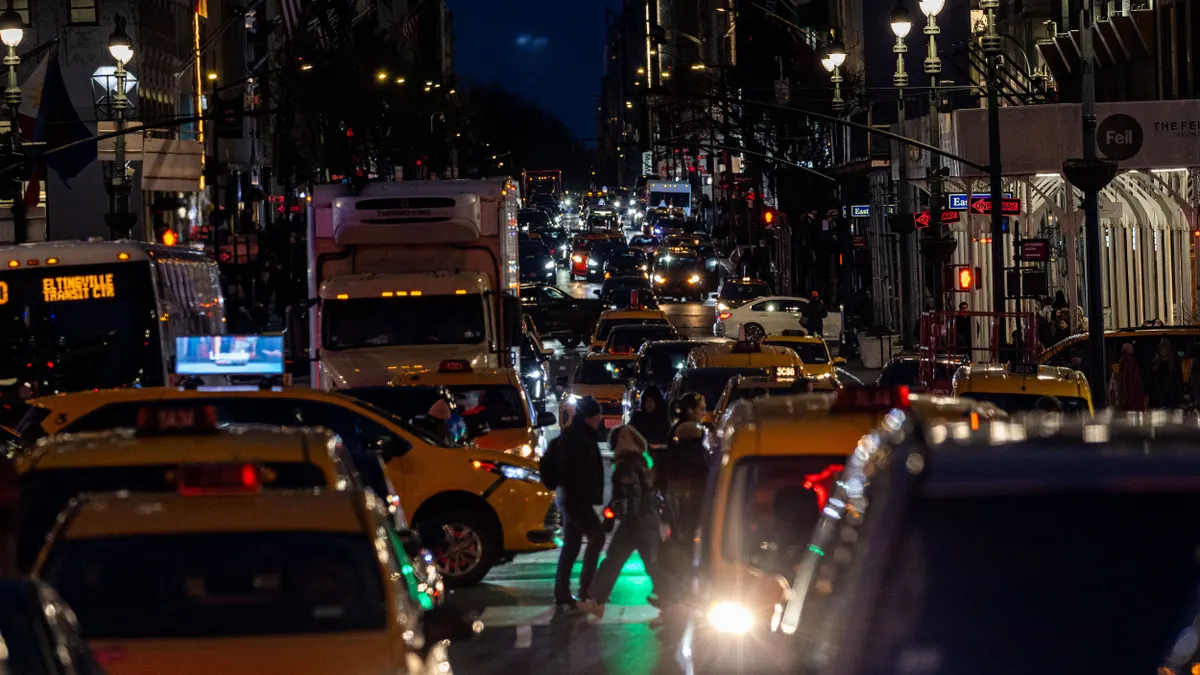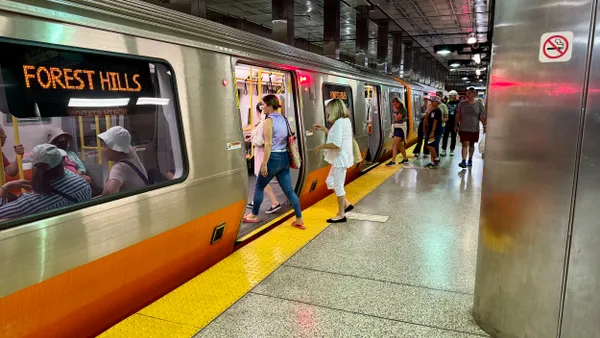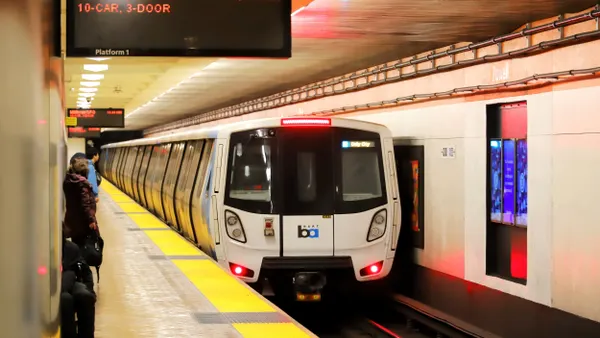Dive Brief:
- U.S. cities’ general fund spending increased 7.5% in fiscal year 2024, according to a new National League of Cities survey. However, that growth slowed to 0.7% in FY 2025 as new headwinds like policy uncertainty and economic shifts have come into play.
- Cities’ revenue growth in FY 2025 is expected to decline 1.9%, according to NLC, following a 3.9% increase in FY 2024.
- For FY 2025, 52% of city finance officers reported being better able to meet their city’s financial needs, down from 64% in 2024. That optimism dipped even further for FY 2026, with only 45% voicing confidence.
Dive Insight:
As federal funding from massive financial injections like the Infrastructure Investment and Jobs Act and the American Rescue Act begin to wind down or get reversed by Trump administration efforts, cities are facing a new post-COVID reality.
The environment is more complex, compounded by federal policy uncertainty, inflationary pressures and a shifting economic environment, according to the NLC report.
While property and income tax revenues grew sharply in 2024, sales tax revenues remained “mostly flat,” according to the report, signaling a “shift from the tax revenue boom cities experienced following the reopening of the economy after the COVID-19 pandemic, when strong consumer spending drove sales tax collections higher.” It also signals a “normalization of the economy” following a post-COVID surge.
Cities are also continuing to monitor the impact of tariffs, with 43% of city finance officers reporting tariffs have influenced their ability to procure certain goods, according to the report.
Speaking at a panel during the NLC City Summit 2025 in Salt Lake City on Friday, Thousand Oaks, California, Councilmember Connie Gutierrez said her city is “right on trend” with its spending and “not very optimistic, sadly.”
The city lowered its sales tax revenue estimates from $40.9 million to $36.7 million this year after bringing in $38 million last year.
"I think we've learned a lot from the 2025 realities that we've faced,” Gutierrez said.
Evanston, Illinois, Councilmember Clare Kelly said Evanston is also reassessing its budgets as COVID relief funding ends.
“We’re definitely in a moment now where we’re weighing our priorities in terms of spending,” Kelly said.
The report found that public safety continued to make up the largest proportion of city budgets, at more than 50%, with 10% going toward public recreation and culture and 7% toward capital outlay, consistent with spending patterns of previous years. Debt service made up 3% of city spending and public health was 1%.












